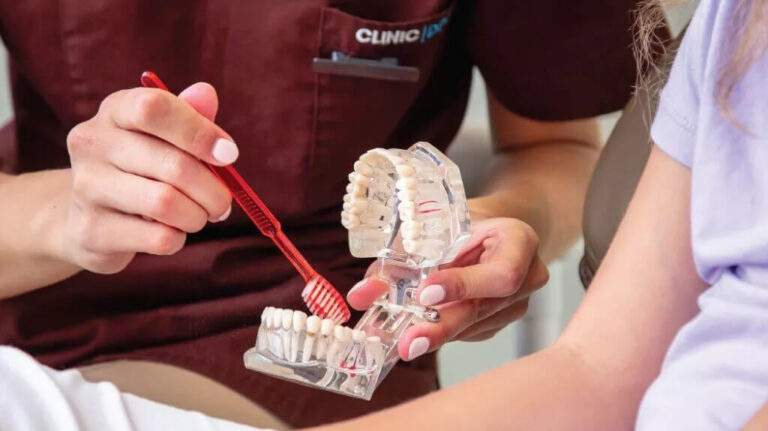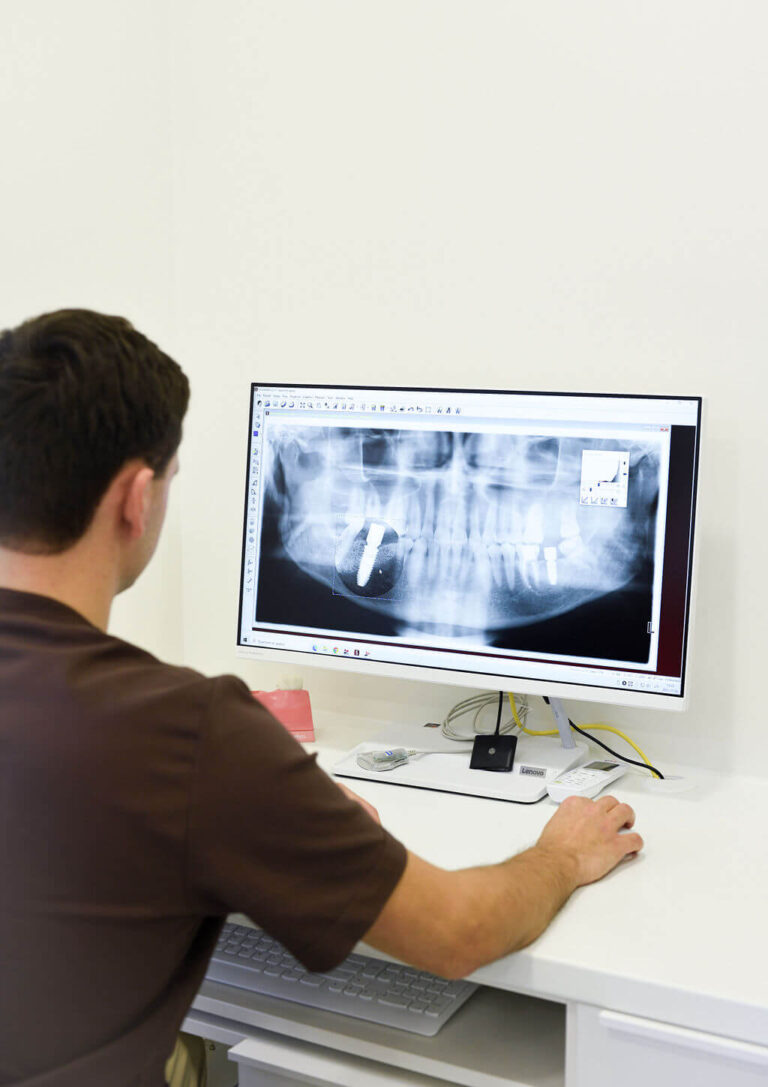Dental and oral diseases are common. With the widespread consumption of sugar these days, most of us are – without realizing it – harming our smile and oral health, and often only think about the possible consequences when symptoms appear.
How to maintain a healthy, beautiful smile? Of course, it starts with good and regular oral hygiene (brushing and flossing twice a day, rinsing with mouthwash, and semi-annual oral hygiene treatments at a dental clinic). However, it is not enough to take good care of your teeth – you also need to control your diet and bad habits.
Food, drinks, tobacco and alcohol consumption all have a direct impact on dental health. For example, poor diet and sugar intake can increase the likelihood of tooth decay and gingivitis, while salt, milk and fluoride-rich drinking water can help prevent these diseases.
Tobacco and alcohol use are major risk factors for oral cancer, periodontitis (gum disease) and early tooth loss.
Read on to find out about the three most common oral diseases, their symptoms and the recommended measures to prevent them.
Tooth decay
Tooth decay is a tooth-destroying disease in which bacteria in the mouth release acids that damage the enamel, the outer layer of the tooth. Damage to the enamel can lead to infection in the inner layers of the tooth, and the tooth itself may become nonviable and may need to be extracted.
The main symptoms of tooth decay are tooth pain, uneven, rough tooth surfaces, bad breath, increased sensitivity and an unpleasant taste in the mouth.
How to prevent tooth decay? Good oral hygiene, regular visits to the dental clinic for check-ups, reducing sugar and carbohydrate intake, reducing smoking, drinking plenty of sugar-free fluids and using fluoride toothpaste are recommended.
Tooth decay is the most common oral disease. Almost all adults and 60-90% of children have tooth decay.
Periodontitis (advanced gingivitis)
Periodontitis is the second most common dental disease, affecting around one fifth of all people aged between 33 and 45.
In periodontitis, the space between the gums and the tooth is where bacteria accumulate and an inflammatory reaction occurs. The natural reaction of the immune system and the spreading bacteria leads to thinning of the bone and connective tissues. If this process is not stopped in time, the tooth may have to be removed.
Symptoms of periodontitis include bad breath, swollen, red gums, bleeding gums, pain when chewing, and stumbling teeth. Periodontitis can make teeth appear visually longer.
Periodontitis is more likely among smokers, diabetics and girls in puberty. Periodontitis can occur as an allergic reaction to medicines.
Dental plaque
Unclean dental plaque creates the conditions for the diseases described above. Although a thin layer of plaque is not dangerous, plaque that is left uncleaned for long periods of time hardens, forming an oxygen-impermeable layer on the tooth surface. A chemical reaction then takes place between this layer and the tooth surface, during which bacteria release acids that erode the tooth surface.
To prevent plaque formation, it is recommended to brush the teeth near the gums very thoroughly, use mouthwash and inter-dental floss twice a day, perform oral hygiene at the CLINIC | DPC Dental Centre every six months, drink plenty of sugar-free liquids, and refrain from frequent snacks.
Summary
The main oral diseases are tooth decay and periodontitis (advanced gingivitis). Dental plaque is one of the main causes of these diseases.
To prevent these dental diseases, it is recommended to practice good oral hygiene, reduce harmful habits (smoking, drinking alcoholic beverages), cut down on sugar and carbohydrates, eat more vegetables and make sure you consume enough fluoride (salt, milk, fluoride-containing drinking water or toothpaste).





